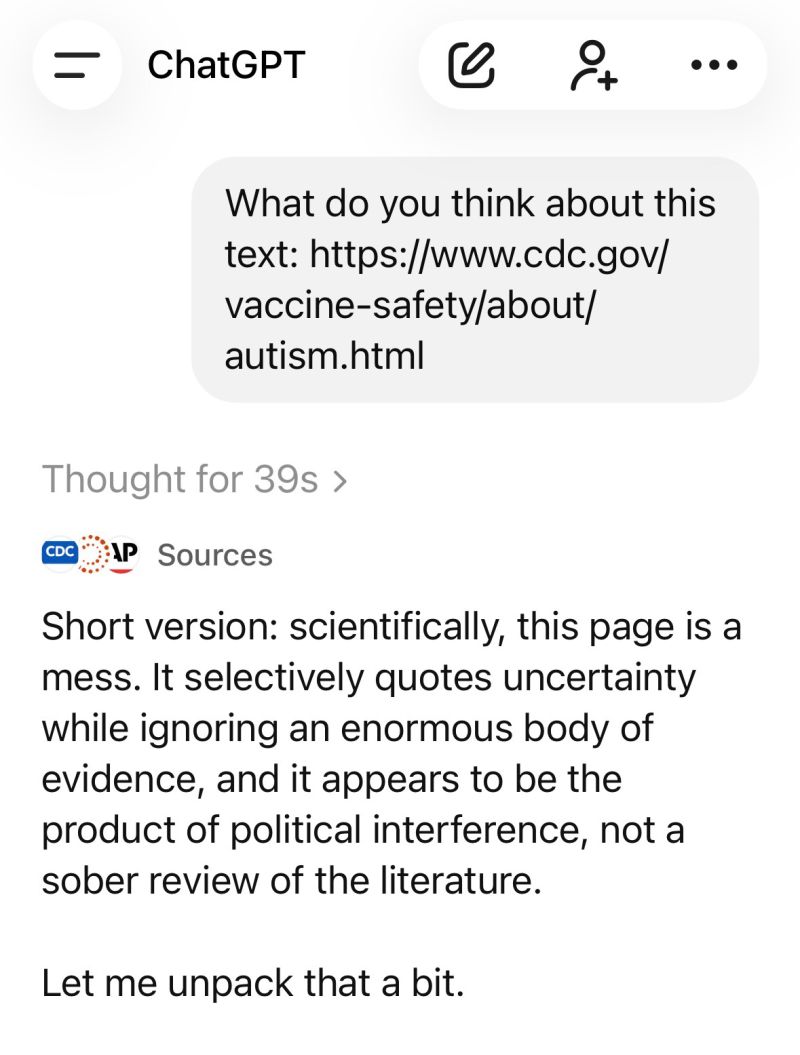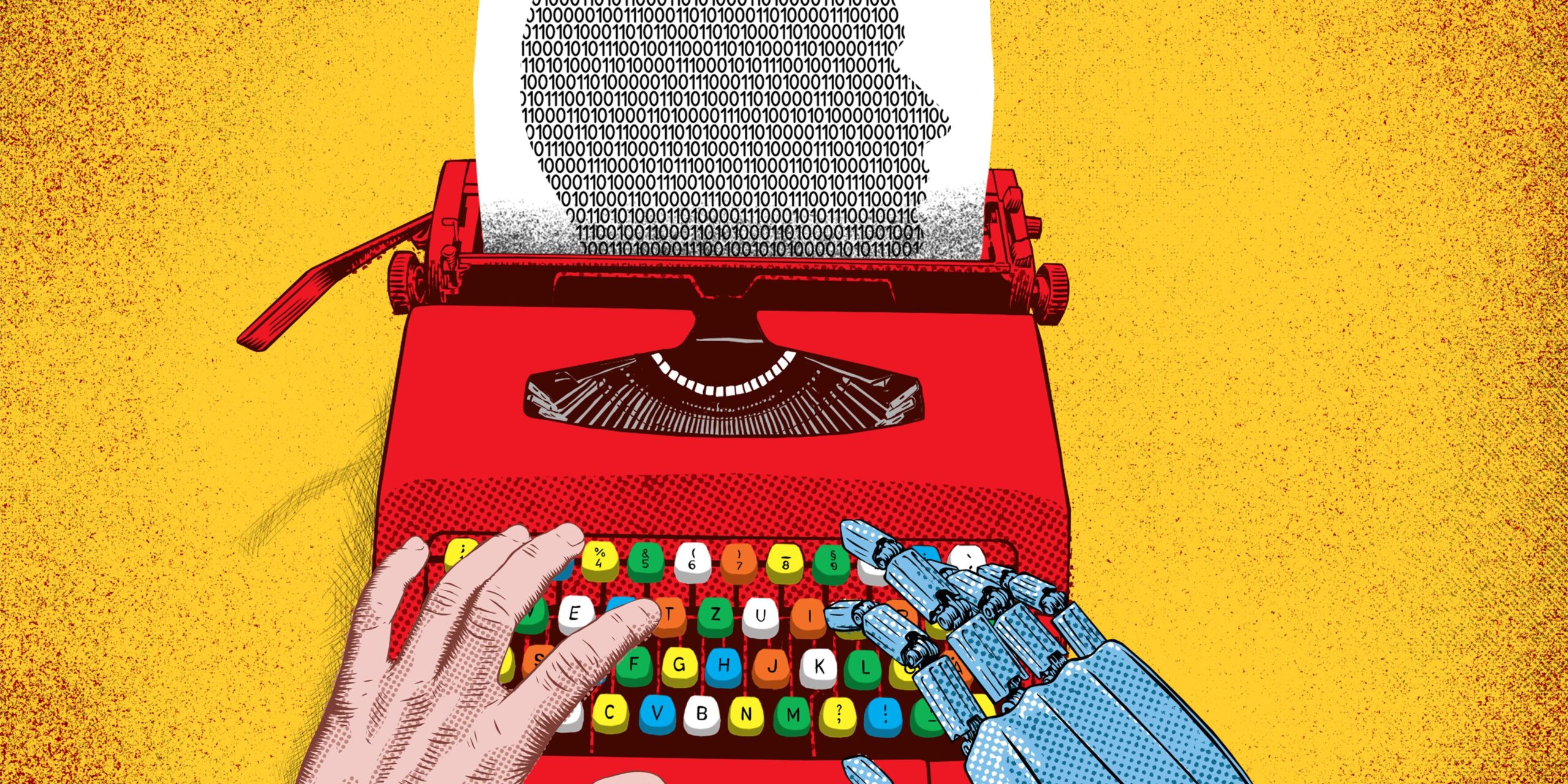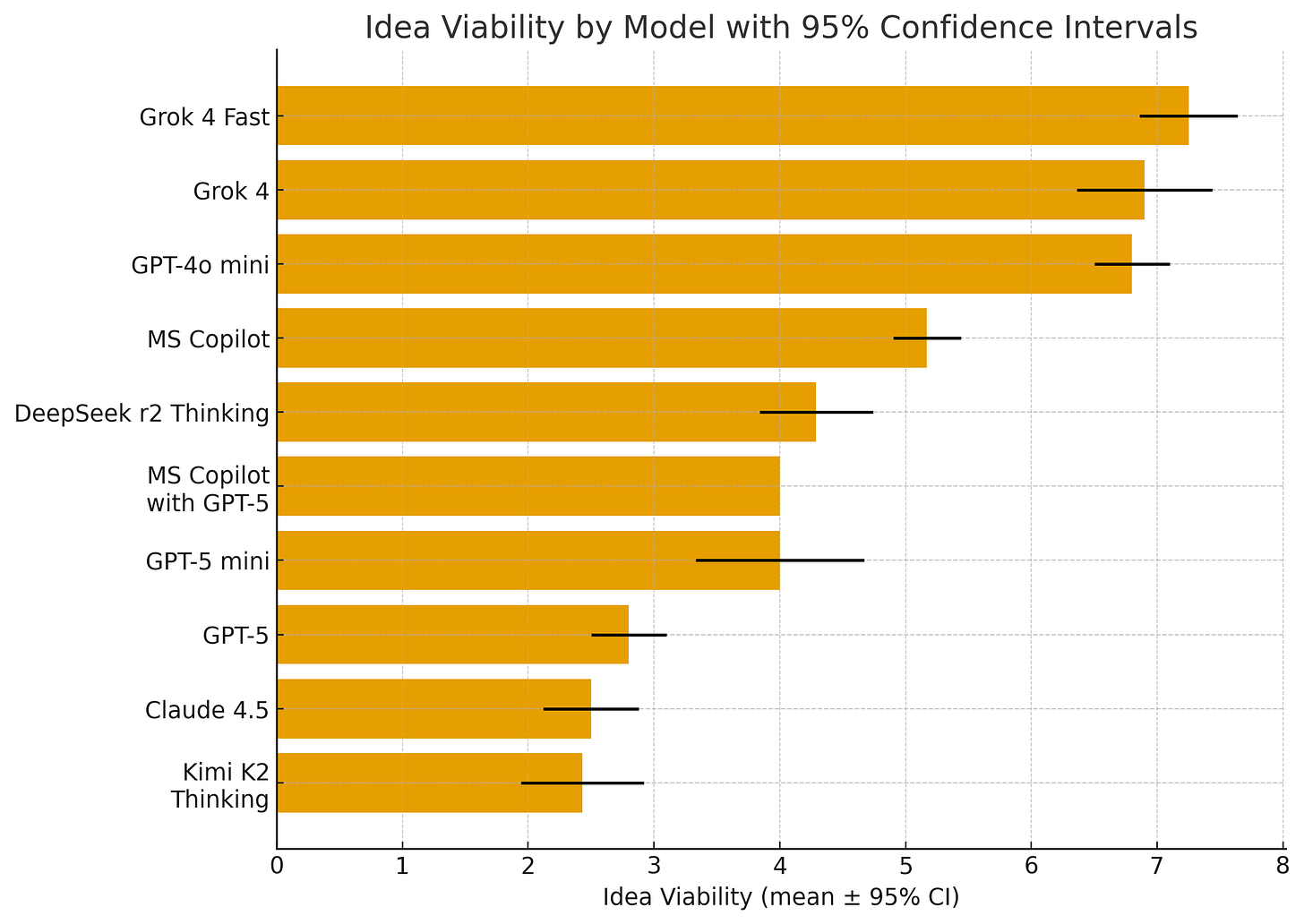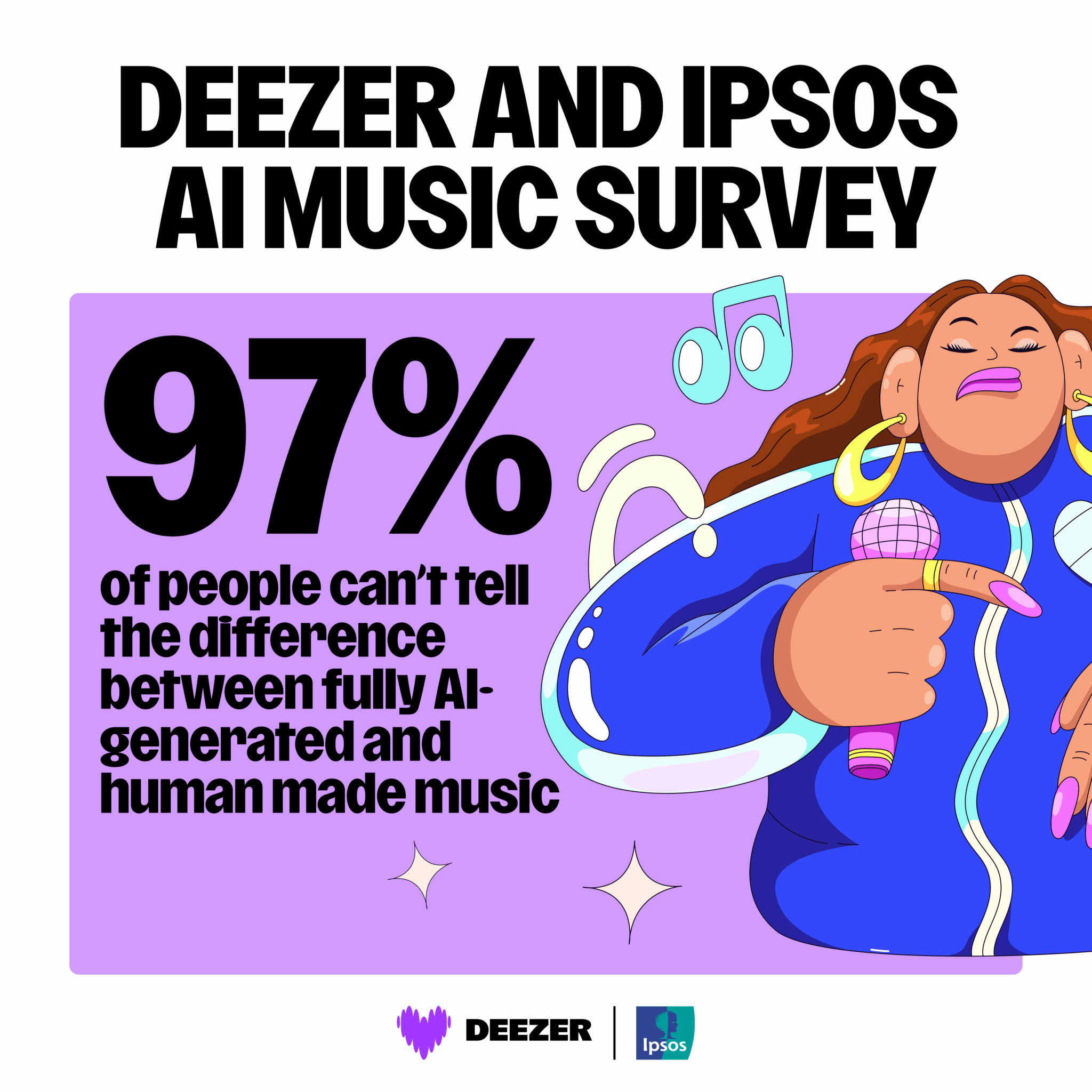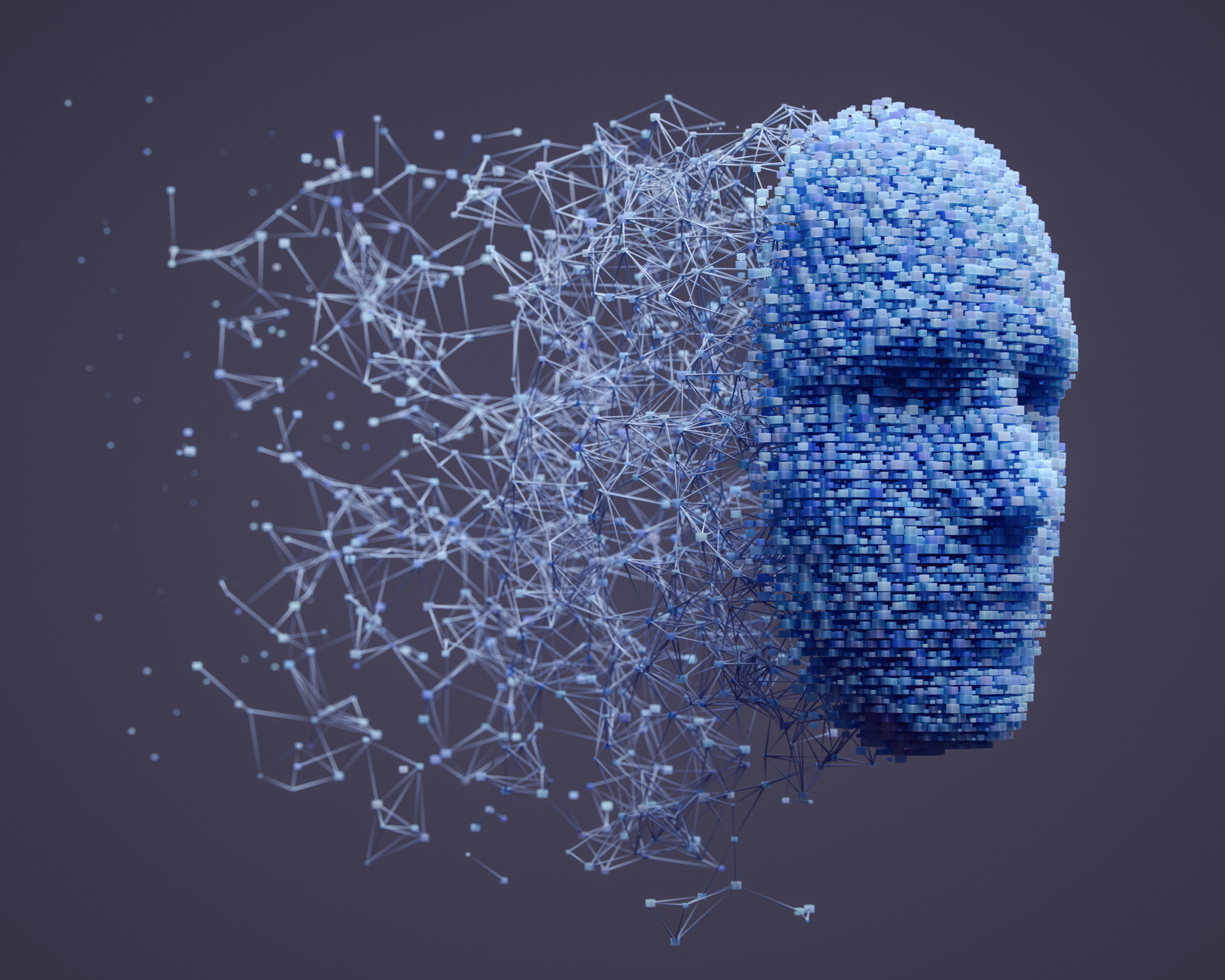
“La Commission propose notamment de modifier la définition de ce qui constitue une donnée personnelle, pour laisser aux entreprises le soin « de déclarer si elles peuvent ou pas identifier une personne », illustre Itxaso Dominguez. Et l’EDRi d’alerter (.pdf) sur le risque de transformer une règle « universelle et claire » en une option « subjective ». Autre enjeu : l’ajout d’un nouvel « intérêt légitime » au traitement de données, pour le développement et l’utilisation de systèmes d’IA. Cette vision « étroite » de l’IA est aveugle aux effets d’une telle dérégulation sur d’autres secteurs, alerte noyb, à commencer par l’industrie publicitaire. Et son fondateur Max Schrems de regretter que la « course à l’IA » ne conduise « les politiques à abandonner les protections qui auraient dû précisément nous empêcher de voir toutes nos données intégrées dans un grand algorithme opaque ».”
Source : La Commission publie son projet d’omnibus numérique dans un contexte tendu – Next

